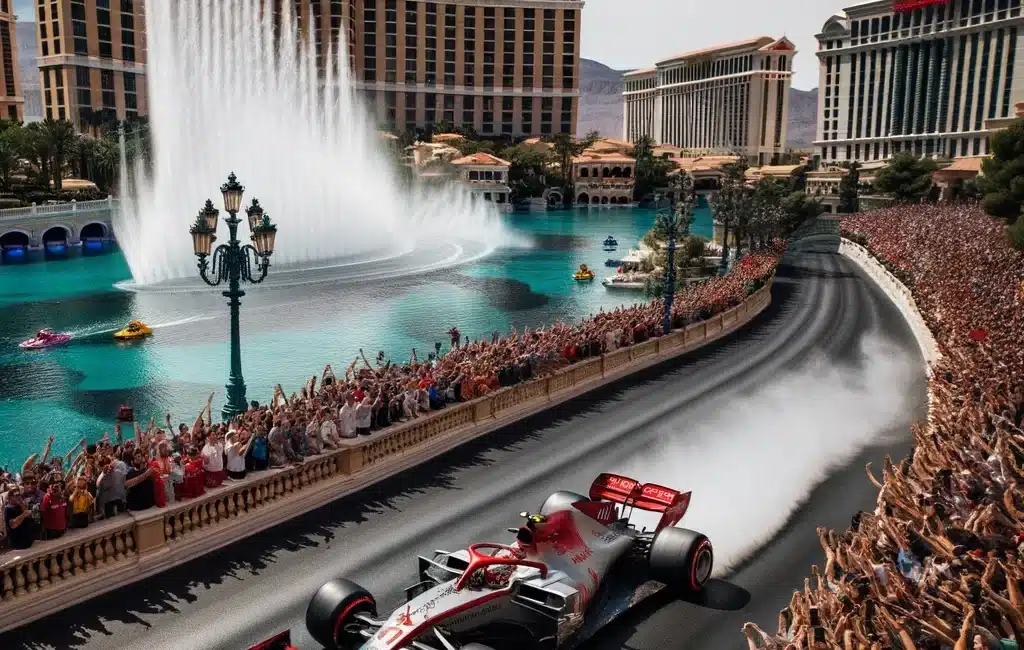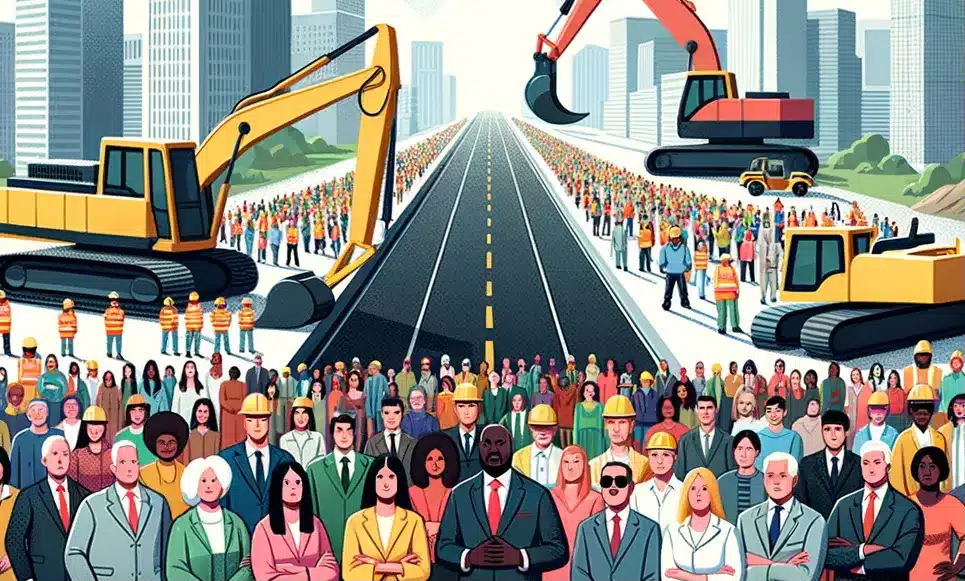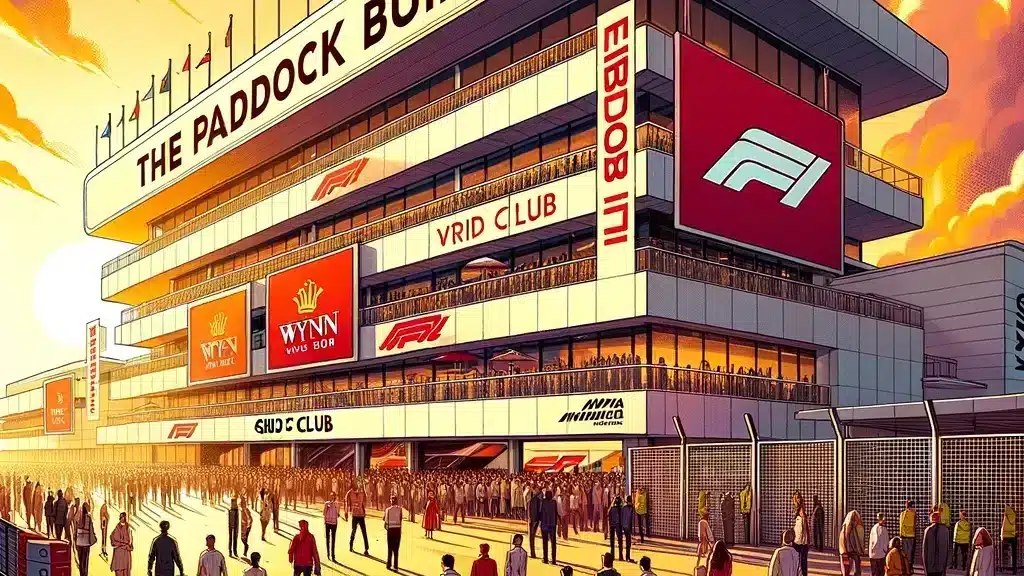
Racing in the United States is about to be redefined by the Las Vegas F1 Grand Prix, which is a huge development for motorsport. The Formula One Group’s owners, Liberty Media, are leading the grand event, which is expected to turn Las Vegas into a center for Formula 1 fans.
London to Las Vegas: The Race’s Inception
The thrilling journey to Las Vegas began seven years ago when Liberty Media acquired Formula One. Liberty Media’s Chief Legal and Administrative Officer, Renee Wilm, remembers the phone call that started it all from her colleagues in London. The objective was straightforward but ambitious: involve stakeholders and regulators in Las Vegas and establish the city as the F1 North American headquarters.

Collaboration with Local Organizations
Renee Wilm rallied the public works department, the Las Vegas Convention and Visitors Authority, and the Clark County Commissioners to support her enormous vision. To begin the massive street-paving projects that would build the 3.8-mile raceway, a united front was necessary.

Overcoming Obstacles on the Road
Changing the regular traffic pattern presented special difficulties because Las Vegas is known for being a city that never sleeps. To minimize disruptions, especially for resort guests and the 150,000 rooms they service, unprecedented planning and logistics were needed.
The Paddock Building: A Turning Point
The Paddock Building is one of the most notable additions to the Las Vegas Formula One landscape. This multi-story building close to the Strip is expected to cost $480 million, making it the biggest of its kind. A variety of suites and clubs, such as the Wynn Grid Club, which provides an enhanced Formula One experience, will be housed there.

Elegance and Uniqueness
The Las Vegas F1 Grand Prix promises to provide an unmatched level of luxury, with the Wynn Grid Club providing a private elevator that takes guests straight to the Paddock and overlooking the race’s first turn. More facilities will be available in the main grandstand, which has extra skyboxes to accommodate 18,000 spectators.
Economic Effects and Prospects
Despite the substantial $80 million required for the raceway infrastructure, Clark County views this as a wise investment. The Las Vegas F1 Grand Prix is expected to bring in $1.2 billion to the local economy, making it a profitable endeavor for local businesses and residents alike.
Conclusion
The F1 Grand Prix of Las Vegas is more than just a race; it’s a historic occasion that will establish Las Vegas as a major F1 hub. With the first-ever Paddock Building and a meticulously designed 3.8-mile racetrack, Las Vegas is preparing to host a motorsport event unlike anything else.














